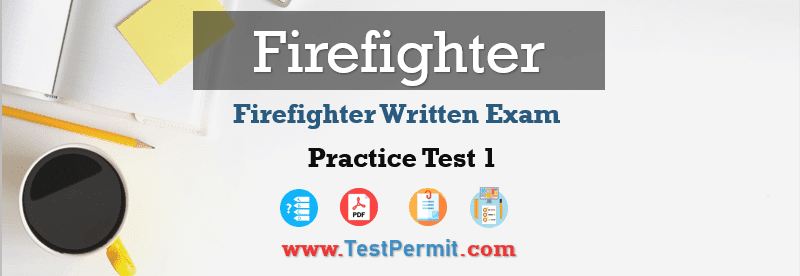Firefighter Exam Practice Test 2025 Questions Answers in the USA. This is the first practice exam in our test series, based on the most commonly tested areas on the firefighter written exams. Use this test to see how you would do if you had to take the exam today.
The skills tested on the exam that follows are the ones that have been tested in the past on firefighter exams that focus on job-related skills. The exam you take may look somewhat different from this exam, but you will find that this exam provides vital practice in the skills you need to pass a firefighter exam. For a somewhat different type of test, see Firefighter Practice Exam 2 on the home page.
Firefighter Exam Practice Test
| Name of the Exam | Firefighter Exam |
| Country | USA |
| Exam Type | Ability Test (Written Exam) |
| Time Duration | N/A |
| Number of Question | 50 |
| Question Type | Sample Multiple Choice Questions |
| Free Printable PDF | Coming Soon! |
See also:
- Firefighter Exam Preparation Test Quiz (UPDATED)
- Firefighter Written Exam Practice Test 2021 Free Online Quiz
- Firefighter Exam Practice Test 2025 Questions Answers
- Firefighter Exam Practice Test 2025 with Study Guide
